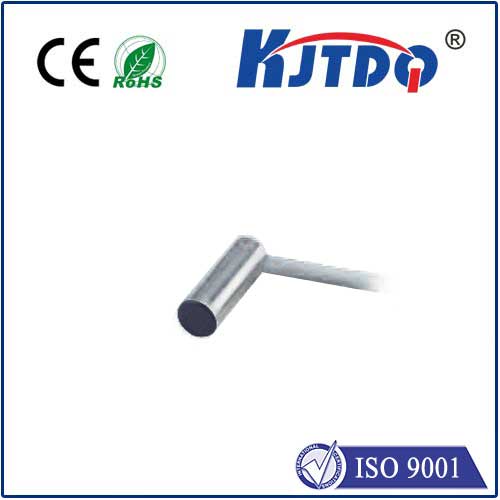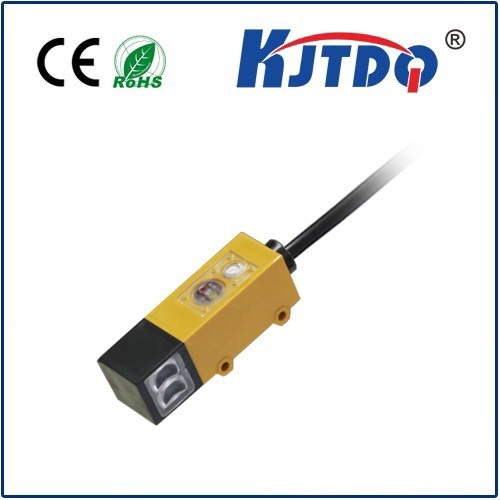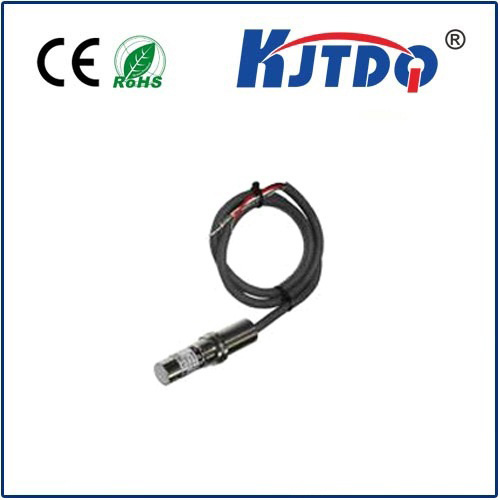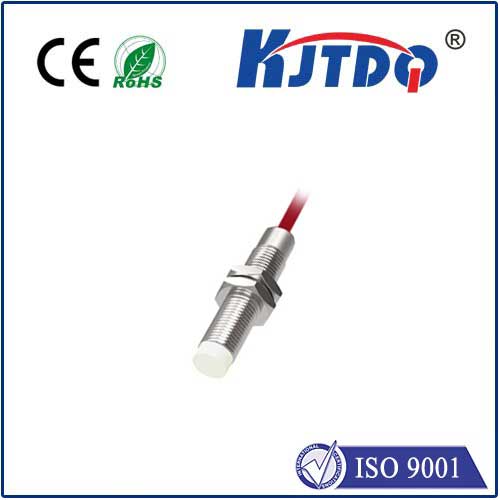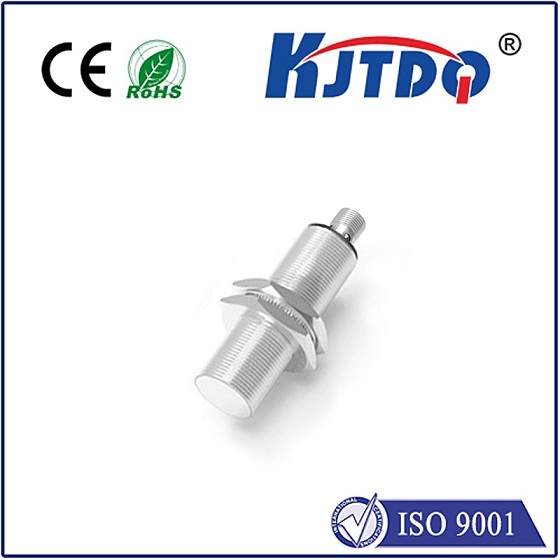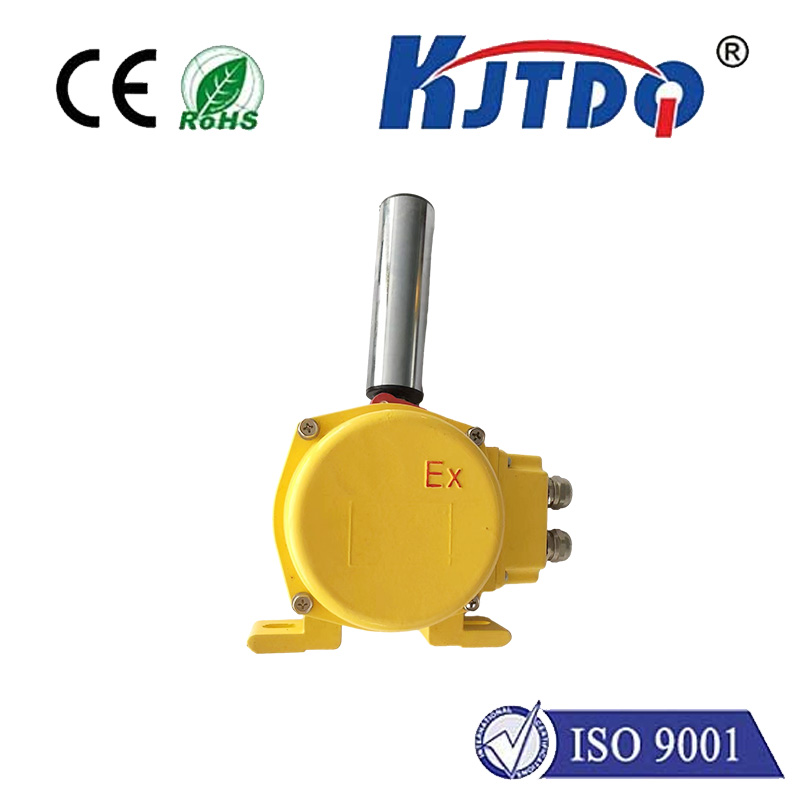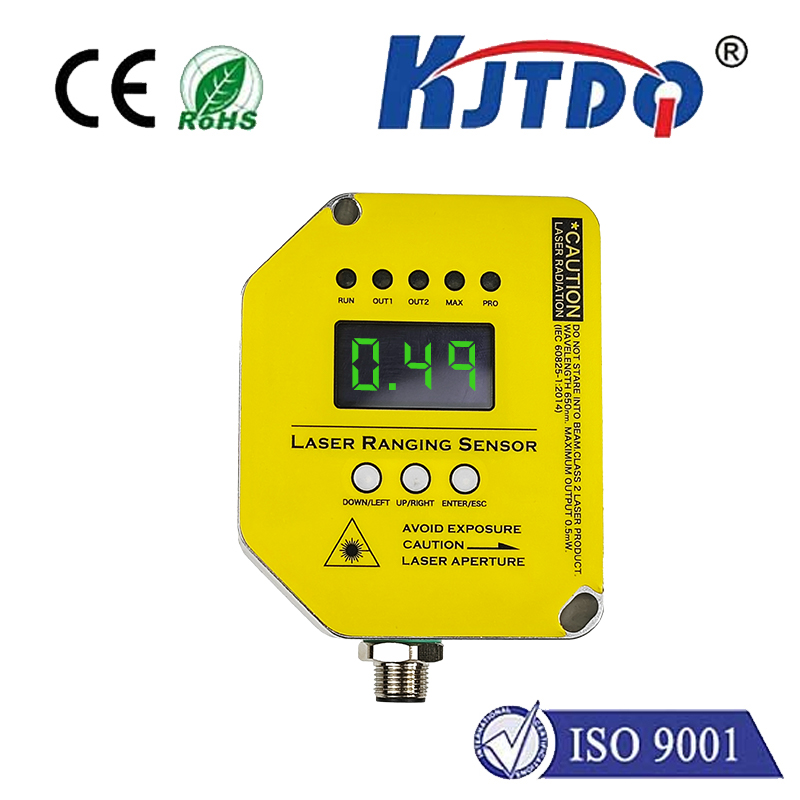square laser sensor
- time:2025-09-14 01:03:36
- Нажмите:0
Square Laser Sensors: Precision Meets Geometry in Modern Measurement
What if the key to unlocking unprecedented precision in manufacturing and automation wasn’t just what you measure, but how the sensor itself is shaped? Square laser sensors represent a fascinating evolution in photoelectric technology, moving beyond the conventional circular form factor to offer distinct advantages in specific, geometry-critical applications. This article delves into the world of square laser sensors, exploring their unique capabilities and where they shine.
Breaking the Circular Mold: The Essence of Square Laser Sensors
At their core, square laser sensors operate on the same fundamental principles as traditional photoelectric sensors. They project a light beam – typically a visible red or invisible infrared laser – towards a target. The sensor then detects changes in the received light, whether through reflection, interruption, or beam convergence, to determine the presence, absence, position, or even dimensions of an object.
The defining difference lies in the shape of the emitted laser beam. Instead of a circular dot, a square laser sensor projects a highly defined, sharp-edged square or rectangular beam profile. This seemingly simple geometric shift unlocks significant potential. Imagine needing to verify the precise corner location of a component or the exact edge alignment of a glass pane – a circular beam inherently introduces ambiguity near edges due to its curved profile. A square beam, however, creates crisp, unambiguous lines and corners.
The Compelling Advantages: Why Square Matters

The adoption of square laser sensors isn’t just about aesthetics; it delivers tangible benefits:
- Enhanced Edge & Corner Detection: This is the primary advantage. The sharp, linear edges of the projected square beam allow for pinpoint accuracy in detecting the true edge or corner of an object. Applications like verifying the position of circuit boards, aligning ceramic tiles, inspecting die-cut materials, or ensuring perfect placement in robotic assembly rely heavily on this capability.
- Improved Alignment Efficiency: Aligning two objects relative to each other often requires precise positional feedback. The clear, straight edges of a square laser beam facilitate faster and more accurate alignment verification compared to interpreting the edge location within a circular beam spot.
- Dead Space Minimization: In applications involving narrow gaps or tight tolerances, the compact nature of a square beam profile can be advantageous. It allows the sensor to be positioned effectively in confined spaces where a larger circular beam might scatter or be obstructed unnecessarily.
- Simplified Visual Setup: The visible square laser pattern is often much easier for technicians to visualize and align during installation and troubleshooting compared to a small circular dot. This directly translates to reduced setup time and less potential for error.
- High Resolution & Precision: Designed for demanding tasks, these sensors typically offer very fine resolution. This means they can detect minute positional shifts or tiny dimensional variations critical in micro-manufacturing, precision machining, and quality control.
Where Geometry Reigns Supreme: Key Application Areas
Square laser sensors excel in environments demanding geometric precision:
- Electronics Manufacturing: Verifying component placement on PCBs (Printed Circuit Boards), ensuring connectors are seated correctly within square housings, checking solder paste position accuracy relative to board edges, and inspecting fine-pitch components. Alignment precision is paramount here.
- Glass & Ceramics Processing: Detecting the precise edges and corners of glass panes, tiles, or display substrates during cutting, handling, lamination, and inspection processes to prevent chips or misalignment. Edge definition is critical.
- Precision Machining & Metrology: Aligning workpieces on CNC machines (especially verifying right-angled setups), measuring small features or gaps where a defined edge is required for reliable reference, and verifying part geometries against CAD models.
- Printing & Converting: Ensuring precise registration of printed sheets, verifying the alignment of die-cut labels or packaging materials, and detecting skewed materials on conveyors. Positional accuracy directly impacts product quality.
- Robotic Guidance: Providing highly accurate positional feedback for robotic arms engaged in precise pick-and-place operations, especially with components featuring prominent edges or corners, or during assembly tasks requiring sub-millimeter accuracy. Dimensional control guides the robot’s movements.
- Structural Monitoring: Measuring minute shifts or displacements in structures, particularly where changes in a right-angled corner need to be monitored with high fidelity.
Key Distinctions: Beam Profile, Not Sensor Body
It’s crucial to clarify a potential point of confusion. The term “square laser sensor” typically refers to the shape of the emitted laser beam, not necessarily the physical housing of the sensor itself. While some housings might be designed for specific mounting requirements related to the beam shape, the core innovation is the beam geometry projected onto the target.
Integrating Square Laser Solutions: Practical Considerations
Choosing and implementing square laser sensors involves similar considerations to other photoelectric sensors, with a few nuances:
- Sensor Type: Models are available as through-beam (separate emitter/receiver), retro-reflective (bounces off a reflector), or diffuse reflective (senses light bounced directly off the target). The choice depends on the mounting constraints and the specific detection need (e.g., presence vs. precise edge position).
- Operating Range: Ensure the sensor’s specified sensing range meets your application’s distance requirements. Focused laser sensors typically have limited but very precise working ranges.
- Beam Size: The dimensions of the projected square (e.g., 2x2mm, 5x5mm) matter. A larger square might cover more area but potentially reduce edge sharpness perception; a smaller square offers finer resolution but requires more precise targeting.
- Resolution & Repeatability: For critical dimensional or positional tasks, prioritize sensors with high resolution (smallest detectable change) and excellent repeatability (consistency of measurements).
- Environmental Factors: Like all sensors, consider environmental challenges – dust, fog, vibration, ambient light interference, or extreme temperatures. Many laser sensors offer features like background suppression and robust housings for harsh conditions.
The Future of Measured Precision
The unique beam profile of the square laser sensor addresses a significant gap in the landscape of industrial sensing. By replacing ambiguity with crisp geometric definition, it provides a superior tool for tasks demanding exacting edge detection, corner verification, and high-precision alignment. As manufacturing tolerances continue to shrink and automation demands ever-higher levels of accuracy and reliability, the ability to leverage intentional geometry in sensing becomes increasingly vital. For applications where every micron and every right angle count, the square laser sensor is more than just a novelty; it’s a precision-engineered solution unlocking new levels of control and quality assurance.







